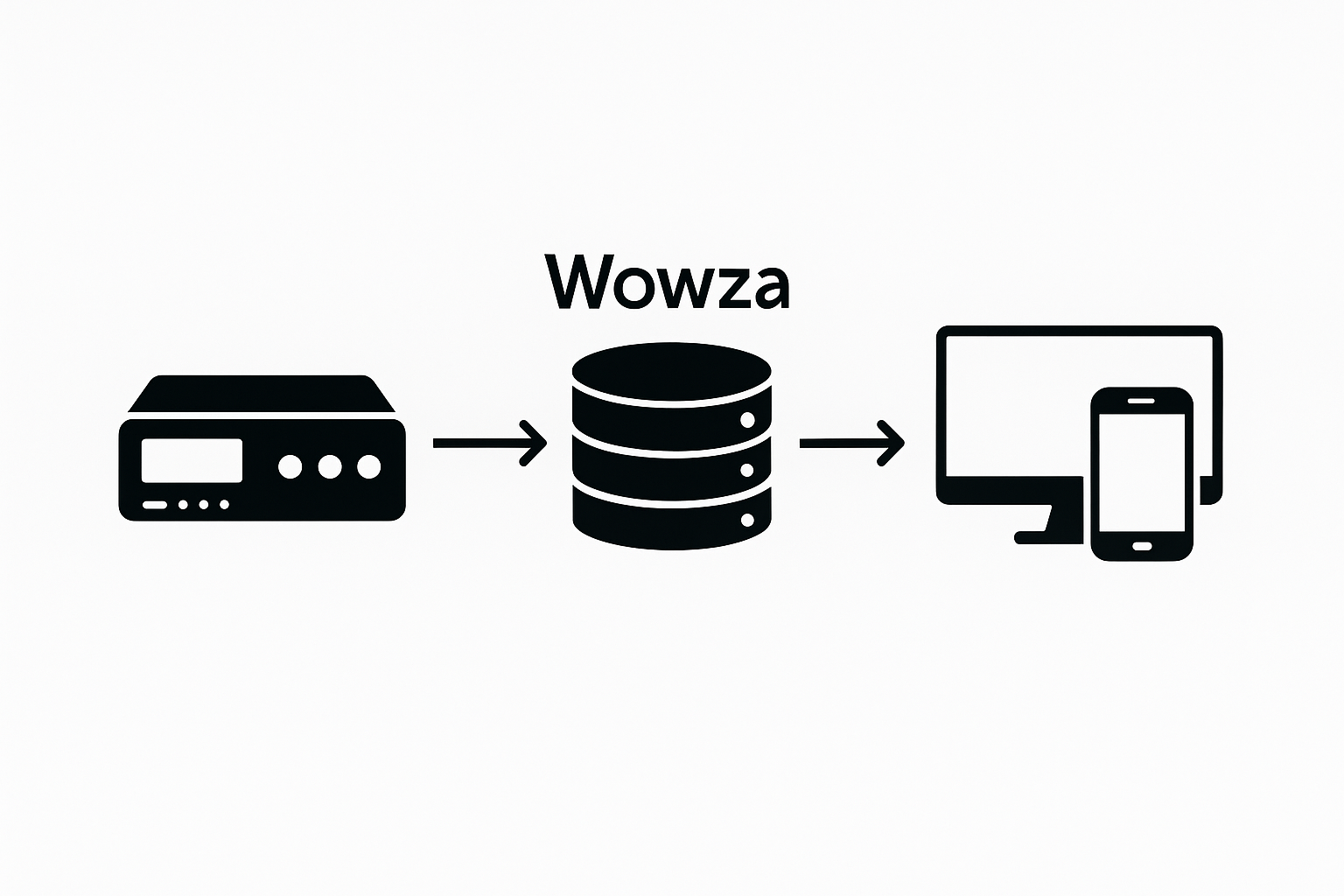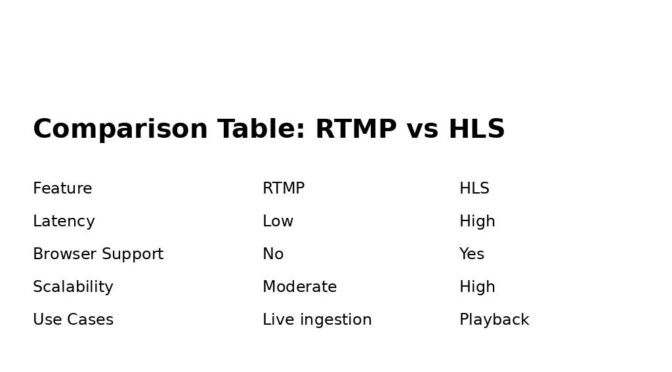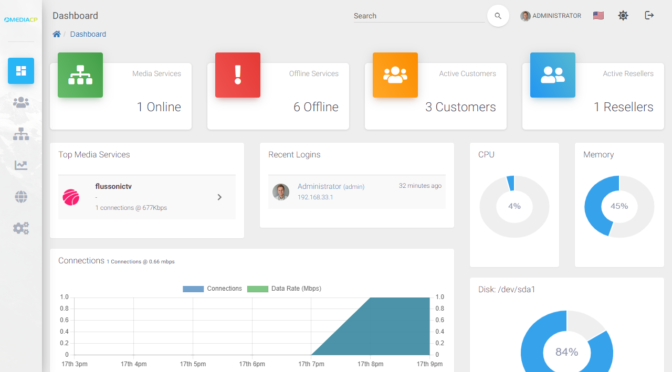Red5Server has upgraded all dedicated streaming servers to NVMe SSD storage and 10 Gbps ports, boosting speed and reliability for broadcasters. The move sets a new benchmark for Wowza and NGINX-powered streaming, offering smoother 4 K delivery and free Wowza integration for new users.
Scaling enterprise broadcasts: how Wowza handles millions of viewers
Learn how Wowza handles large-scale live broadcasts for enterprises and institutions with adaptive bitrate and load balancing.
The World of RTMP Servers and Live Streaming: A Journey Through the Digital Frontier
The World of RTMP Servers and Live Streaming: A Journey Through the Digital Frontier It was a crisp autumn morning when I first stumbled into […]
Why RTMP is the Backbone of HLS-Based Streaming
Why RTMP is the Backbone of HLS-Based Streaming In the world of live streaming, Real-Time Messaging Protocol (RTMP) has long been a cornerstone for delivering […]
Success Stories: Dedicated Streaming Servers in Action
Tired of buffering woes and frustrated viewers? Ditch shared hosting and unlock the power of dedicated streaming servers! But don’t just take our word for […]
How to fix The media playback was aborted due to a corruption problem or because the media used features your browser did not support.
Sometimes the player stops and you will see this error “The media playback was aborted due to a corruption problem or because the media used […]
RTMP Server in the era of HTTP video streaming
Given the growing popularity and support of HTTP video streaming, it may be tempting to consider Real Time Messaging Protocol (RTMP) streaming obsolete. But in […]
Ethiopia Hosting
Web design is a web development process that creates a website that has a good layout, graphic design, typography, user interface, etc to make it […]
Which is better for live streaming, RTMP vs HLS vs WebRTC?
WebRTC is supported by browser natively and there are some WebRTC media servers. Nevertheless, it is a new technology.
Web Site Management
Hosting Marketers is offering new services to their customers, Web Site Management Realizing the difficulty of hiring trusted web developers, Hosting Marketers is now offering […]






